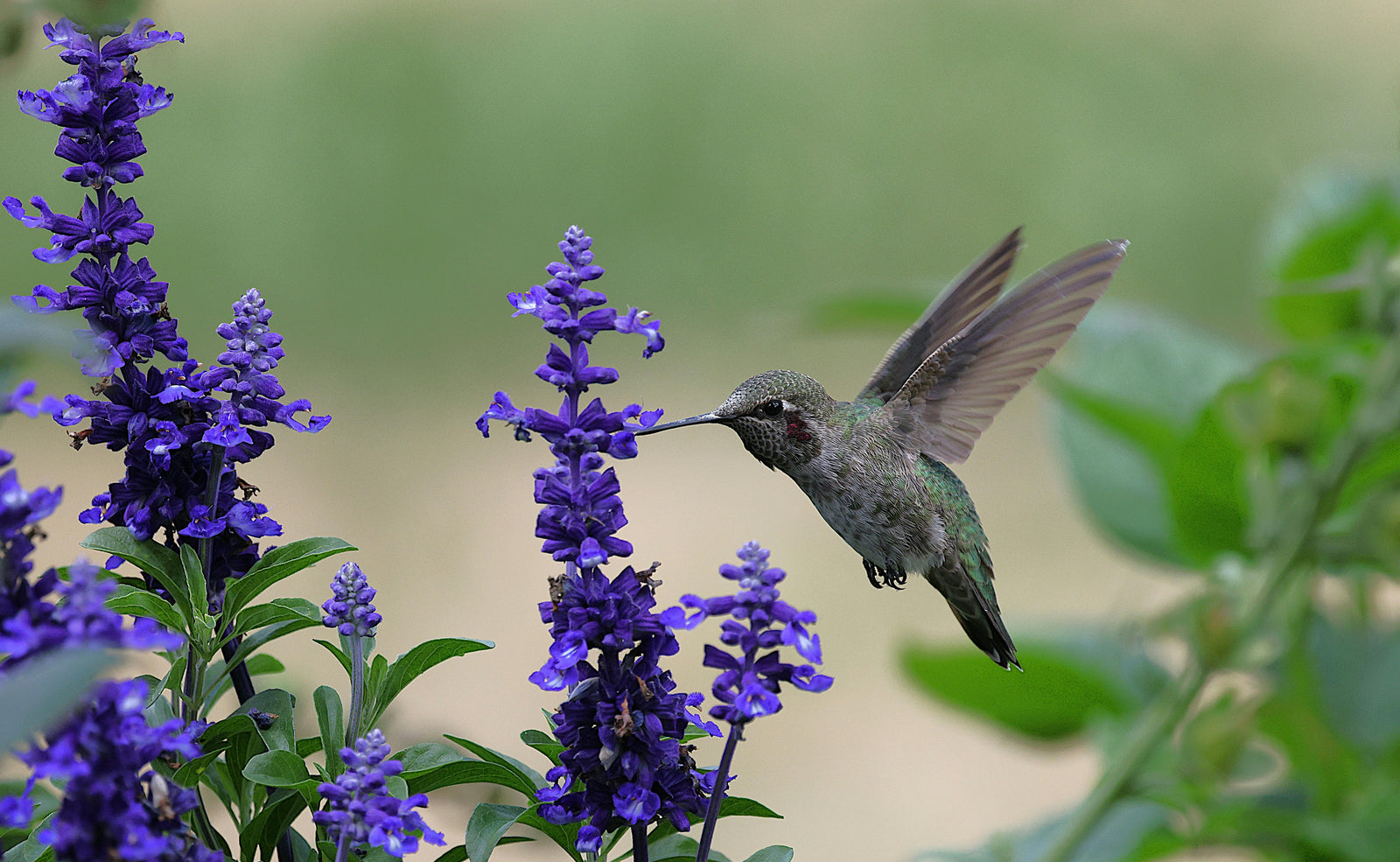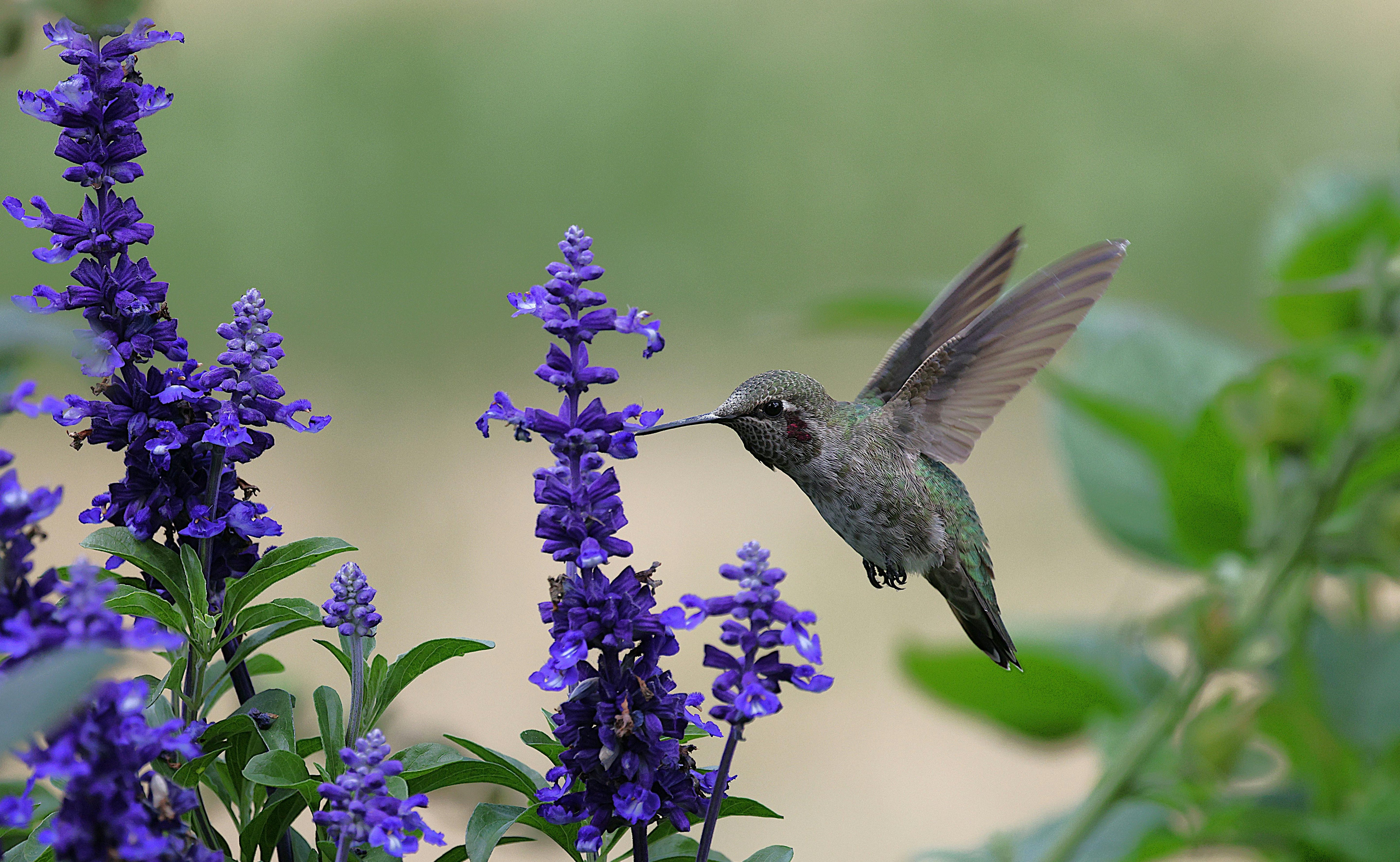
Companion planting is one of the best ways to naturally boost the health and beauty of your rose garden. It creates an eye-catching aesthetic while also providing nutrients to your roses and reducing the need for pesticides. In this guide, we’ll cover the various rose companions and their uses so you can choose the best ones for your garden.
Benefits of Companion Planting with Roses
-
Pest Deterrence: Companion plants naturally prevent infestations of pesky critters – such as aphids, mites, and Japanese beetles.
-
Disease Prevention: Biodiversity in your garden contributes to soil health and prevents common fungal diseases in roses – such as black spot and powdery mildew.
-
Soil Health & Nutrition: Companion plants can add nutrients to the soil and regulate the temperature – keeping the roots cool and moist.
-
Pollinator & Beneficial Insect Attraction: Companion plants not only deter pests, but draw in the good insects – such as ladybugs, butterflies, and bees.
-
Aesthetic & Seasonal Interest: Complementing your roses with a variety of companion plants will fill the gaps in your garden and tie it all together. They’re also great to admire while your roses go into dormancy in the hottest parts of the summer.
Companion Plants for Pest Management
At April & Ashley, companion planting is a go-to method of pest control for our roses.
We always recommend using natural or organic options before resorting to chemicals. Here are a few of our favorite companion plants for roses that will ward off those unwanted insects and fight infestation.
Garlic, Chives & Onions (allium family)
While many of us love the strong scent of these vegetables, pests can’t stand them. This is why they’re excellent companion plants for repelling aphids and Japanese beetles.

Marigolds & Calendula
These rose companion plants are particularly helpful in fighting off nematodes – harmful insects that can damage the roots of your roses.

Herbs
You may be surprised to hear that the same tasty ingredients used in your kitchen can ward off pests and attract beneficial insects. Basil, sage, rosemary, thyme, and parsley are all great companion plants for your roses. Mint is another good option, but only in containers – as it’s an invasive species that will take over your garden if planted in the ground.
Many of these herbs are drought-tolerant – making them suitable for hot and dry climates.

Plants to Improve Soil & Growth
Soil quality is a key element in your roses’ health and wellbeing. These groups of companion plants are particularly useful when it comes to nutrient uptake, improved soil structure, weed suppression, and moisture retention.
Legumes
Clover, peas, and beans provide nitrogen to the soil – a vital nutrient that encourages healthy growth and flowering in roses.

Dynamic Accumulators
With their deep roots, plants like comfrey and yarrow can bring nutrients up from the lower layers of the soil to feed your roses. They also break up the soil – allowing for adequate airflow, water retention, and improving the overall structure.

Mulch & Groundcovers
Plants such as creeping thyme and sweet alyssum act as a natural mulch and provide a groundcover that helps suppress weeds and retain moisture – reducing the risk of disease.

Pollinator-Friendly Companions
Companion plants contribute to a healthy ecosystem by attracting beneficial insects to your rose garden. Here are our recommendations for companion plants that attract bees, ladybugs, butterflies, and other rose-friendly critters.
Lavender & Salvia
With their long bloom periods, these purple and violet blue plants will complement your roses through much of the season. The vibrant colors of lavender and tubular structure of salvia act as a magnet for pollinators.

Catmint & Bee Balm
These fragrant and vibrant-colored rose companions steadily attract bees and hummingbirds.

All-Season Bloomers
Coreopsis (also known as tickseed) is an excellent rose companion that blooms from late spring to fall – giving you nearly the entire season to enjoy their deep yellow flowers amongst your roses. This perennial is not only aesthetically pleasing, but attractive to a wide variety of pollinators.

Asthetic Pairings & Garden Design
With a wide variety of color, size and shape, companion plants add diversity and beauty to any rose garden. Think of them as opportunities for creative expression and have some fun! Here are a few things to keep in mind when choosing rose companions that will make a stunning visual impact.
Color Harmony & Contrast
Consider choosing companion plants with colors that complement your roses and accentuate their beauty. For example, a blue salvia would pair excellently with a yellow rose – such as our very own Golden Trendsetter.
 Texture & Form
Texture & Form
Play with texture to create a backdrop for your roses that really pops. The tall, spiky flowers of delphinium, lavender, and salvia contrast beautifully with the rounded blooms of roses – such as the vibrant Bumblebee.
 Seasonal Layers
Seasonal Layers
The arrival of spring brings the opportunity to plant bulbs under your roses to create staggered interest in your garden. Daffodils, tulips, and alliums are just a few examples of rose companions that enhance their elegance in early spring.

Low-Maintenance & Drought-Tolerant Neighbors
Luckily, there are a variety of rose companion options that require minimal care and will thrive even in the hottest, driest climates. Once established, these plants can withstand periods of time without water.
Lavender & Russian Sage
 Boasting gorgeous purple and violet-blue hues, these companion plants are highly aromatic – attracting pollinators and repelling pests.
Boasting gorgeous purple and violet-blue hues, these companion plants are highly aromatic – attracting pollinators and repelling pests.
Sedum & Sempervivum
 These easy-going succulents come in a variety of shapes, colors, and growth habits. Their unique forms will make eye-catching features in your garden.
These easy-going succulents come in a variety of shapes, colors, and growth habits. Their unique forms will make eye-catching features in your garden.
Ornamental Grasses
 These late-season rose companions add texture to your garden and contribute to an attention-grabbing display.
These late-season rose companions add texture to your garden and contribute to an attention-grabbing display.
Tips for Successful Companion Planting
When selecting the perfect companions, always keep your roses’ needs top of mind. Consider these key elements to ensure they get the maximum benefit from their neighboring plants.
Soil & Light Matching
If you discover potential rose companions apart from the ones mentioned above, make sure they can tolerate the same conditions as your roses. These include full sunlight (6+ hours per day) and well-draining soil.
Spacing & Airflow
No matter how much we enjoy being close to our loved ones, we all need a little bit of space. The same goes for your roses and their companions. Place each plant 12-18 inches away from your roses to allow for adequate airflow and prevent root competition.
Succession & Continual Blooms
For everlasting variety in your rose garden, choose rose companions that bloom at different periods of the season – such as bulbs in early spring, lavender in summer, and ornamental grasses in late summer and fall.
For a companion you can count on during any time of the season, coreopsis is a go-to continual bloomer .
Conclusion
Companion planting not only gives your garden that wow factor, but promotes a healthy environment by naturally deterring pests and attracting beneficial insects. It’s one of the best methods to keep your roses happy and healthy throughout the season. Visit April & Ashley to browse our premium rose bushes that will pair perfectly with any of the above-mentioned companions.
Happy Gardening!
April & Ashley
